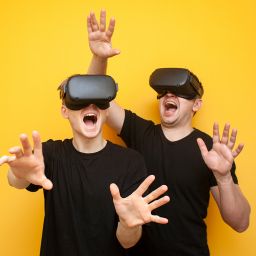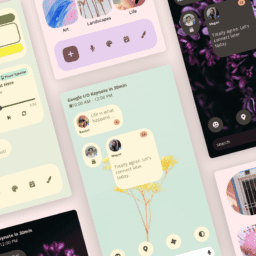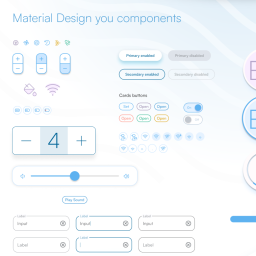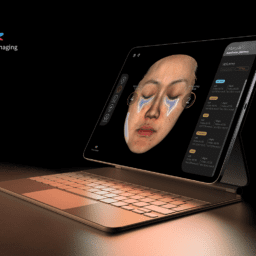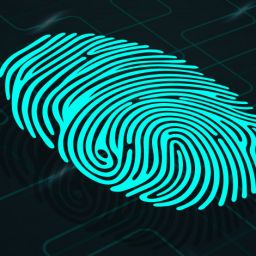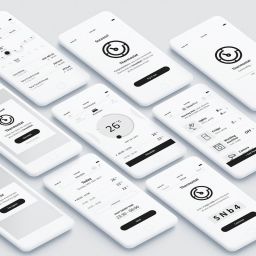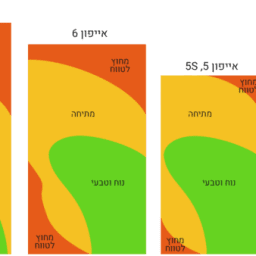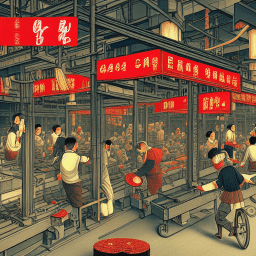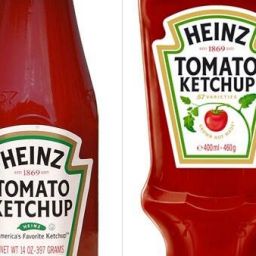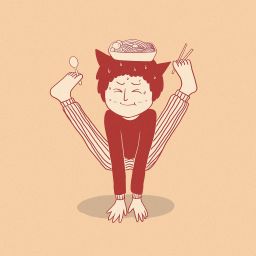Design and planning applications for groups with special needs
In order to align the understanding of this post, it is important that I define the term "groups with special needs". This definition includes a range of disabilities that are roughly divided into four parts: sensory disabilities (such as hearing or vision disabilities), cognitive disabilities (developmental intelligence, learning disabilities, autism spectrum disorder), mental disabilities and physical disabilities.
The Ministry of Education and National Insurance define these populations differently according to their internal needs.
I am not going to talk in this post about populations with the special needs defined in the first paragraph. The truth is that the approach to work for this target audience is based on many work methodologies that are updated all the time and the approach to work is relatively simple based on extensive knowledge and experience.
The problem with this approach is that it generalizes between different groups with special needs and discriminates against other large groups that are not among those with special needs by definition, even though they are such and should be treated as such.
definition
My definition of a group with special needs is quite different: in my work, any group with a common denominator that deviates from the standard is a group with special needs.
Visual standard
So what is the standard? In the world of digital products, a visual standard has been set for users in the creation of the product (app, browser, website, tablet, wearable watch, etc...) Those who set the standard are the companies behind the most popular products such as Google and Apple. The visual standard refers to the default that digital products appear to the user for the first time without user intervention in the visual settings. In a general and rough definition - if you are young and between the ages of 10 and 30 without a special disability, you probably belong to the standard, what does that mean? You probably won't need to change the default settings of the visual means in your digital product (font size, background color, screen resolution, contrast, speed, etc.) and the established standard will fit you like a glove.
But, if you are everyone else, the standard probably doesn't suit you, and you need an easy calibration that will update your user experience with the product. At a deeper level, different groups are counted with other special needs regardless of age. Take farmers, for example, a pretty diverse group of ages.
What does the digital product serve?
In such a project after investigating the product, what it is supposed to make accessible to this group, where it happens and when, I understand that the digital means is supposed to serve the farmer at the growing point in the field, in full daylight most of the year, in an uncomfortable environment. It is possible to notice that the need and purpose that characterizes the activity environment and the usability of the digital service characterizes the target group as a group with special needs even though under other conditions and circumstances it would not have been defined as such. This is the core of the digital thinking in the user experience and the correct reference to each target group in accordance with the nature of the use of the product.
The knowledge I gained in the field about diverse groups under diverse conditions allows me to understand and make decisions regarding the nature of the product at different levels in the sensory and experiential aspects that the user goes through (color, visibility, speed...). The normalization of knowledge allows me to approach a new product and a new target audience and make appropriate decisions regarding the sensory experience of the product even without previous experience in this population.
Guidelines
We first started with the example of the farmers, so we will continue with them to illustrate the decision-making process:
In the example before you we have a product for farmers. The product helps the farmer upload ripe produce for marketing from the field to the online shopping arena.
I ask myself two essential questions for the product:
— What is the location and environmental conditions for operating the product
— How much time the target audience has to perform the required action
After summarizing the answers to the questions, I play with the positions in the spider graph on the right as needed. (At the base of the spider graph the result is minimal or tends to zero and at its vertices it is maximal).
Decision Making
The decisions I made in this way of the investigation do not require too complex dilemmas from me, it is just like a question and an answer whose answer is clear in advance. Every designer UI UX who has a little experience knows how to answer the questions well and make decisions with them that change and shape the nature of the product such as the device on which the product will sit (app, browser, laptop, kiosk...) and what are the conditions I need to consider when handling the product (according to the spider graph). After this short process, the digital product begins to have character and clear boundaries, all that remains for us, the UI designers, is to cast our artistic freedom within the clear boundaries.
This is the core of the digital thinking in the user experience and the correct reference to each target group in accordance with the nature of the use of the product


